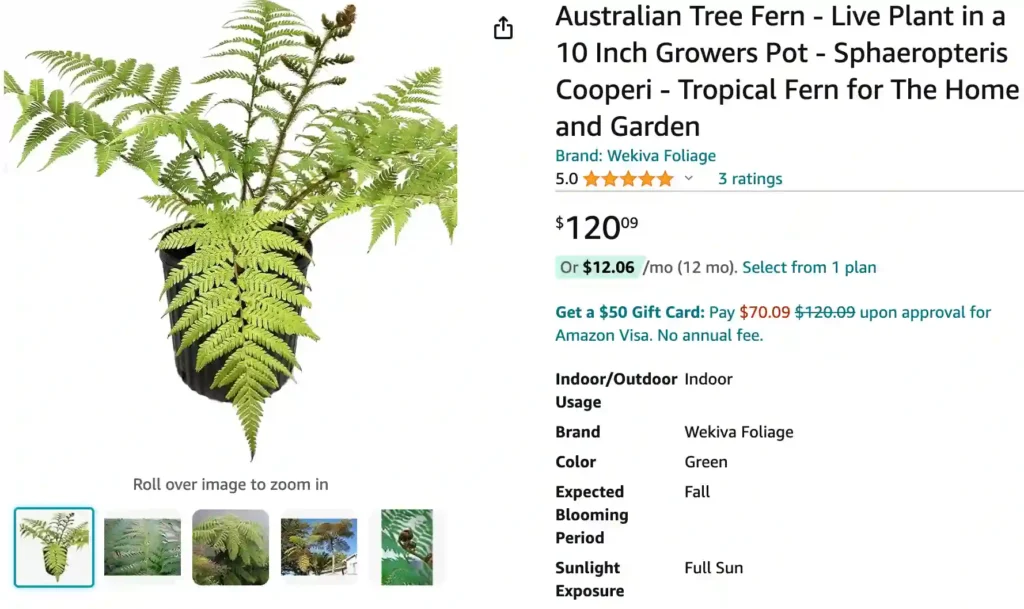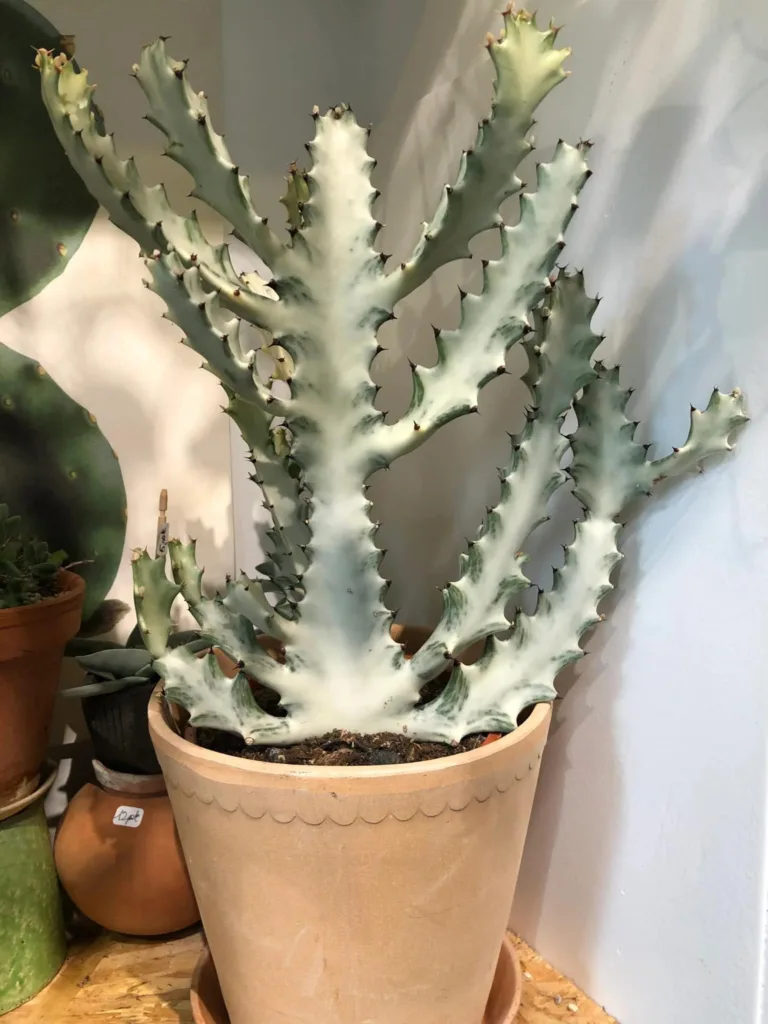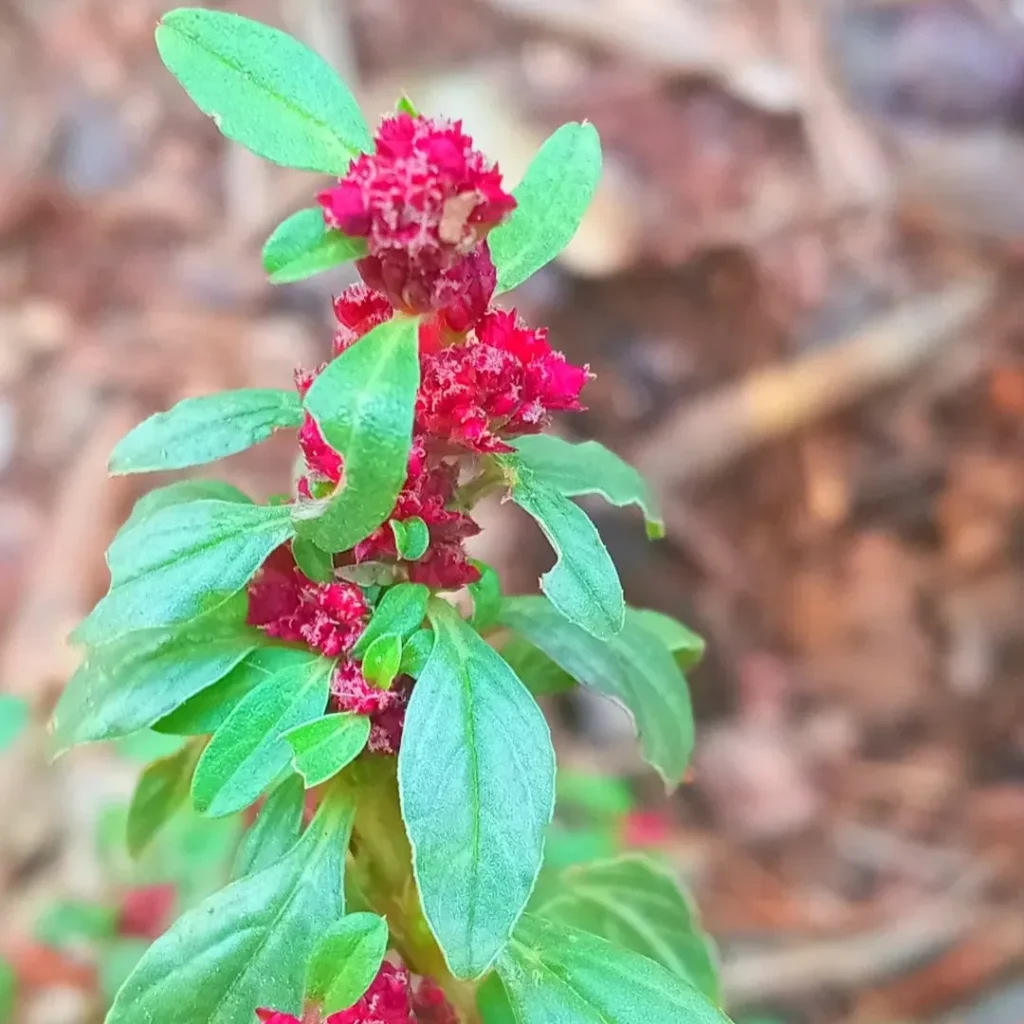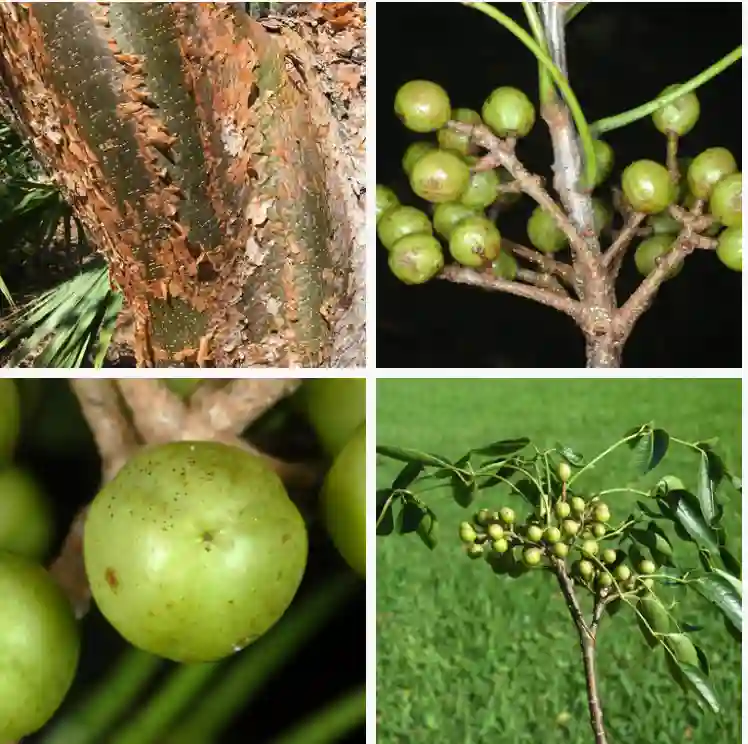
Sphaeropteris Cooperi: Frequently Asked Questions
Hi, I’m Ferb Vu, and I’m here to answer your questions about Sphaeropteris Cooperi, a truly unique and fascinating plant. Sphaeropteris Cooperi, also known as the Australian Bladder Fern or Buttons Fern, is an epiphytic fern native to tropical rainforests in Queensland, Australia. It’s known for its unusual, spherical fronds that resemble green buttons.
What are the unique characteristics of Sphaeropteris Cooperi?
- Button-shaped fronds: The most striking feature of Sphaeropteris Cooperi is its round, button-shaped fronds. These fronds are green, fleshy, and covered in tiny hairs. They store water, allowing the fern to survive in drier periods.
- Epiphytic growth: Unlike most ferns that grow in soil, Sphaeropteris Cooperi is epiphytic. This means it grows on other plants, using them for support but not deriving nutrients from them. In the wild, it’s commonly found on tree branches and trunks.
- Slow growth: Sphaeropteris Cooperi is a slow-growing fern. It may take several years for it to reach a mature size of 6-8 inches (15-20 cm) in diameter.
Sphaeropteris Cooperi vs. Staghorn Fern: What’s the Difference?
Sphaeropteris Cooperi is sometimes mistaken for the Staghorn Fern (Platycerium spp.). Both are epiphytic ferns with unique features. Here’s a quick comparison:
- Fronds: Sphaeropteris Cooperi has round, button-shaped fronds. Staghorn ferns have elongated, lobed fronds that resemble antlers.
- Color: Sphaeropteris Cooperi is typically green. Staghorn ferns can have green or grayish-green fronds.
- Size: Sphaeropteris Cooperi is a smaller fern, reaching a maximum diameter of 8 inches (20 cm). Staghorn ferns can grow much larger, with some exceeding 3 feet (1 meter) in width.
- Light requirements: Both ferns prefer bright, indirect light. However, Staghorn ferns can tolerate lower light conditions than Sphaeropteris Cooperi.
How do I care for Sphaeropteris Cooperi?
Sphaeropteris Cooperi is a relatively easy fern to care for, making it a good choice for beginner plant enthusiasts. Here are some key tips:
- Light: Provide bright, indirect light. Avoid direct sunlight, which can scorch the fronds.
- Watering: Water regularly, allowing the potting medium to dry slightly between waterings. Overwatering can lead to root rot. You can mist the fronds occasionally to increase humidity.
- Humidity: Sphaeropteris Cooperi prefers moderate to high humidity. If the air is dry, you can use a humidifier or place the fern on a pebble tray filled with water.
- Temperature: Maintain temperatures between 65-80°F (18-27°C).
- Fertilizer: Apply a balanced liquid fertilizer monthly during the growing season (spring and summer). Dilute the fertilizer according to the manufacturer’s instructions.
- Potting: Use a well-draining potting mix specifically designed for orchids or epiphytes. Mount the fern on a piece of driftwood or cork bark for a natural look.
Can Sphaeropteris Cooperi be grown outdoors?
Sphaeropteris Cooperi can be grown outdoors in USDA hardiness zones 10-11, where temperatures rarely dip below 50°F (10°C). It needs protection from frost and harsh sunlight. If you live in a cooler climate, it’s best to grow it indoors as a houseplant.
Where can I buy Sphaeropteris Cooperi?
Sphaeropteris Cooperi may not be readily available at your local garden center. However, you can often find it online from specialty plant retailers or botanical gardens. Be sure to purchase from a reputable source to ensure you’re getting a healthy plant.
Additional things
Propagation: Sphaeropteris Cooperi can be propagated by spores, which is a challenging method for most home growers. A more accessible option is division, where you carefully separate offsets (baby ferns) from the mature plant. This should only be done on healthy, established ferns.
Pests and Diseases: Sphaeropteris Cooperi is generally pest and disease resistant. However, it can be susceptible to mealybugs and scale insects if not properly cared for. You can treat these pests with insecticidal soap or neem oil.
Toxicity: The good news is Sphaeropteris Cooperi is non-toxic to humans and pets. This makes it a safe choice for households with curious children or furry friends.
Conclusion
Sphaeropteris Cooperi is a captivating fern that adds a touch of whimsy to any indoor space. With its unique button-shaped fronds and relatively low-maintenance care requirements, it’s a great choice for plant collectors and enthusiasts alike. By following these simple tips, you can enjoy the beauty of Sphaeropteris Cooperi for many years to come.




